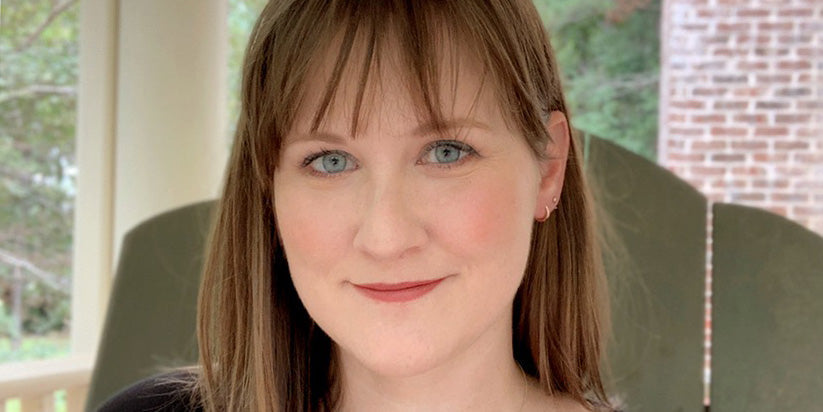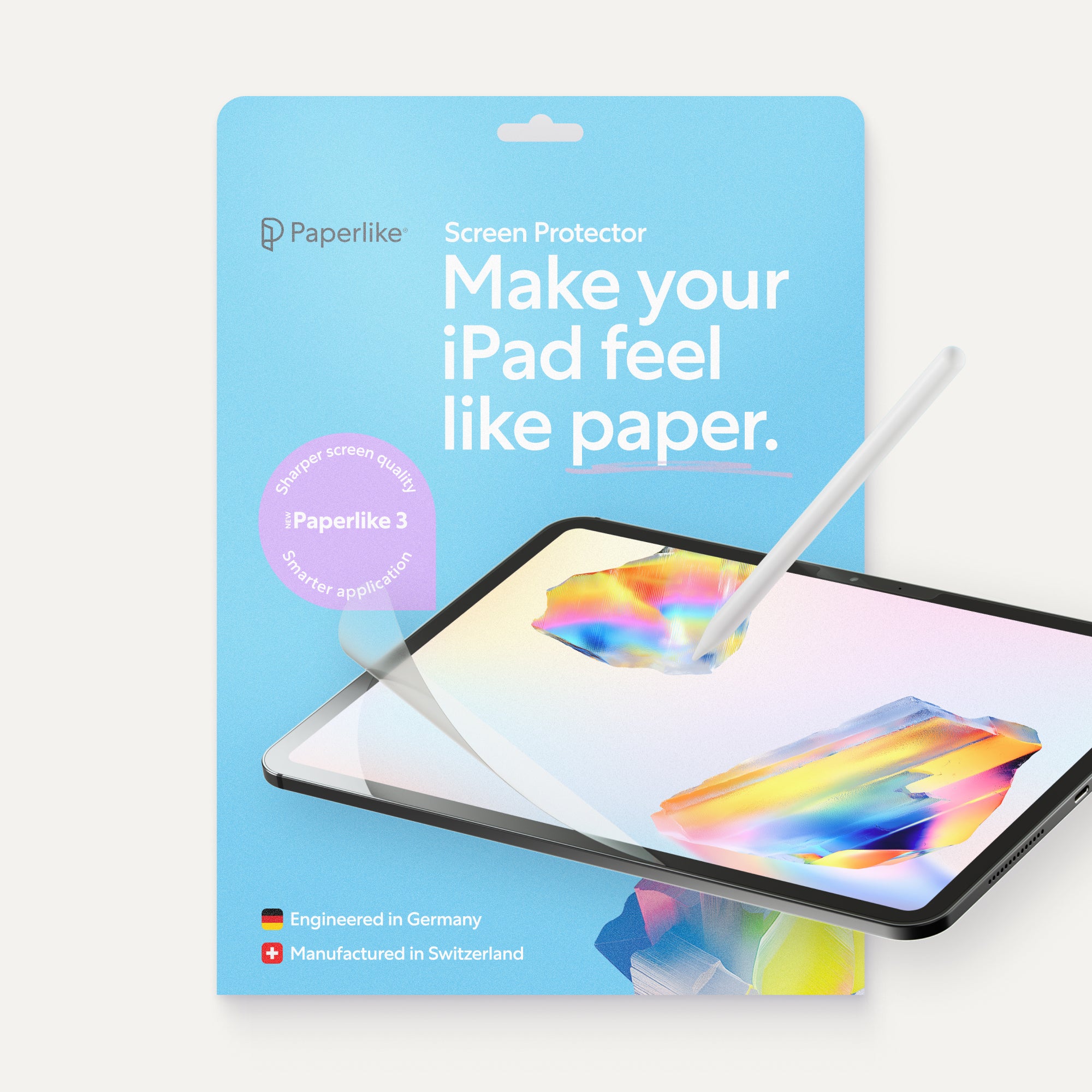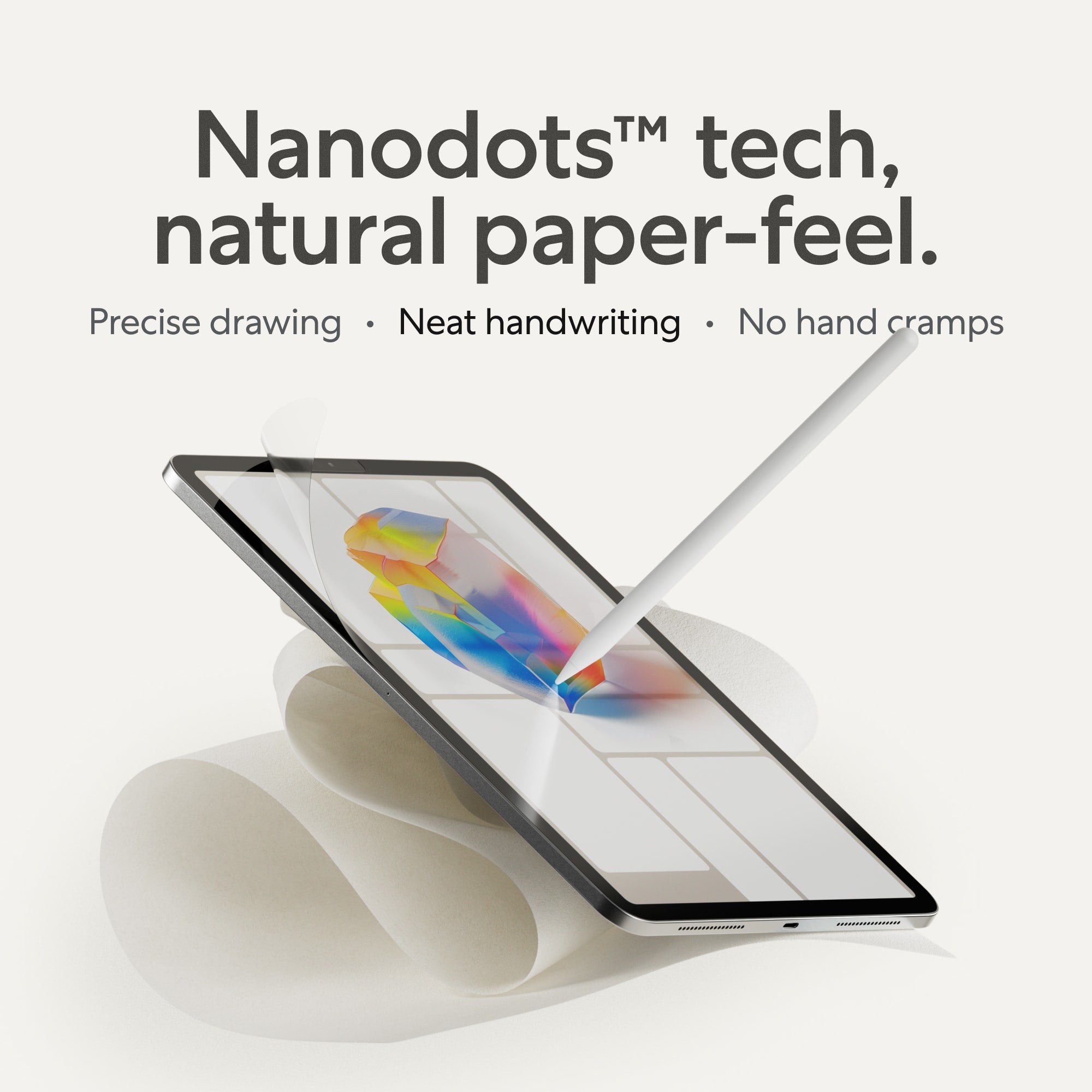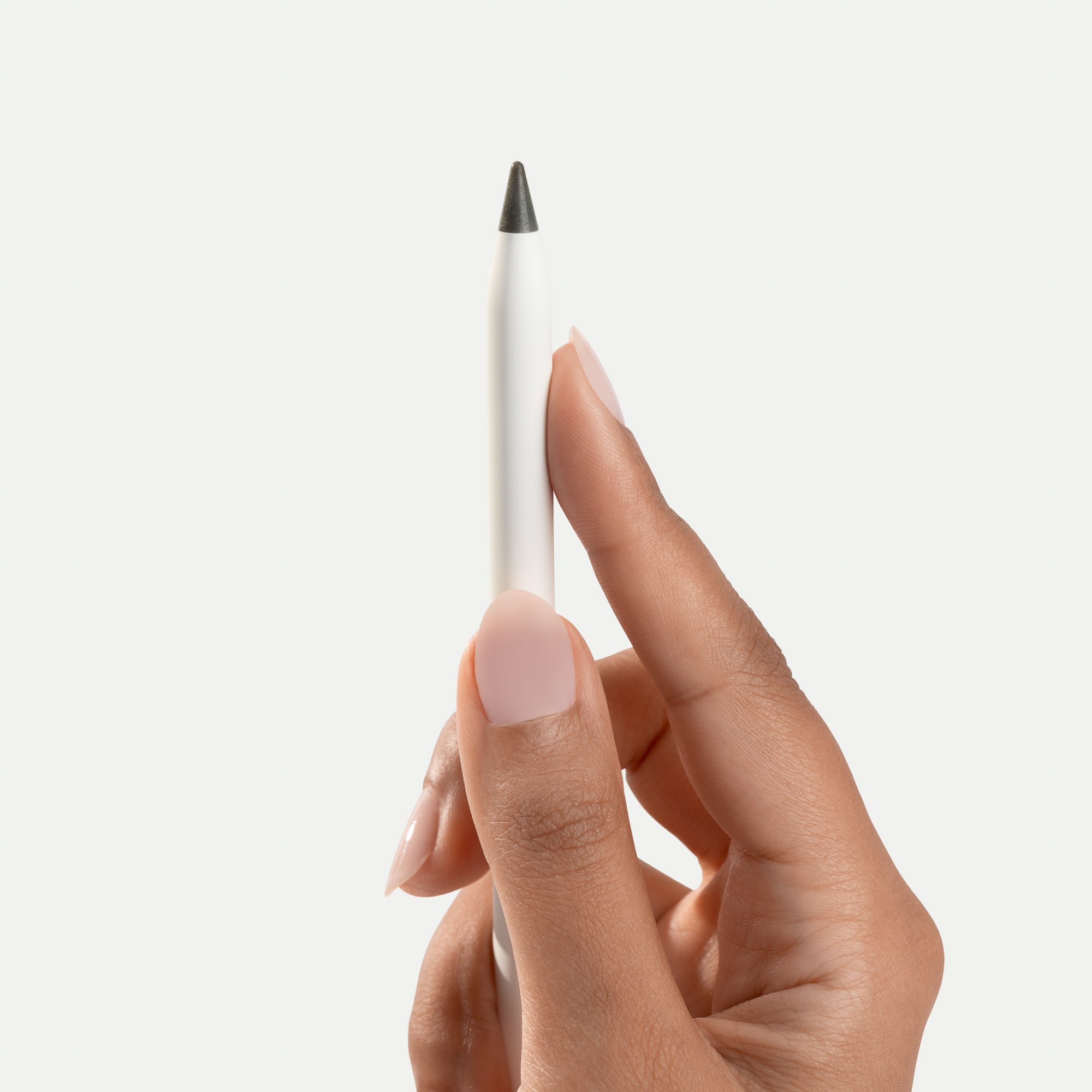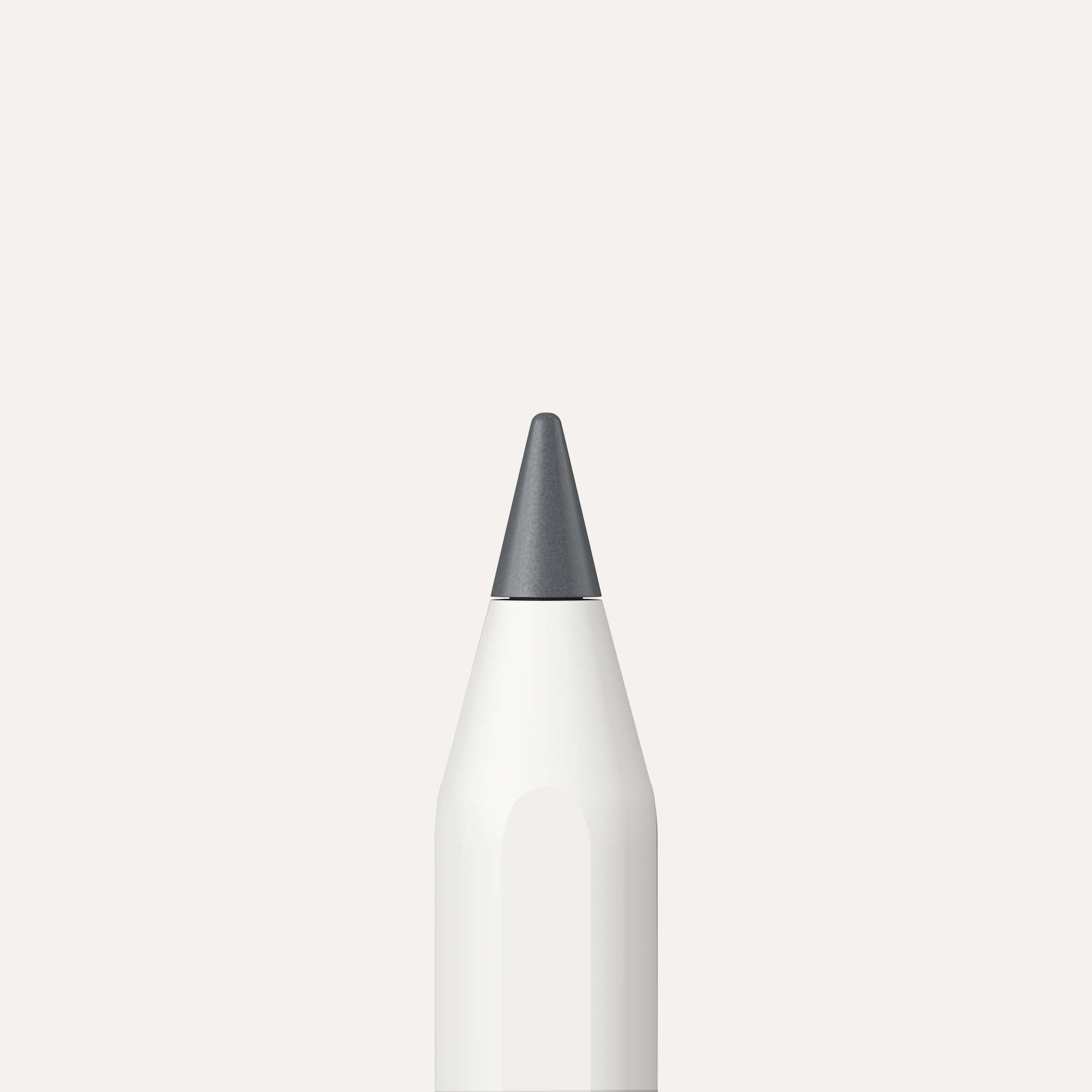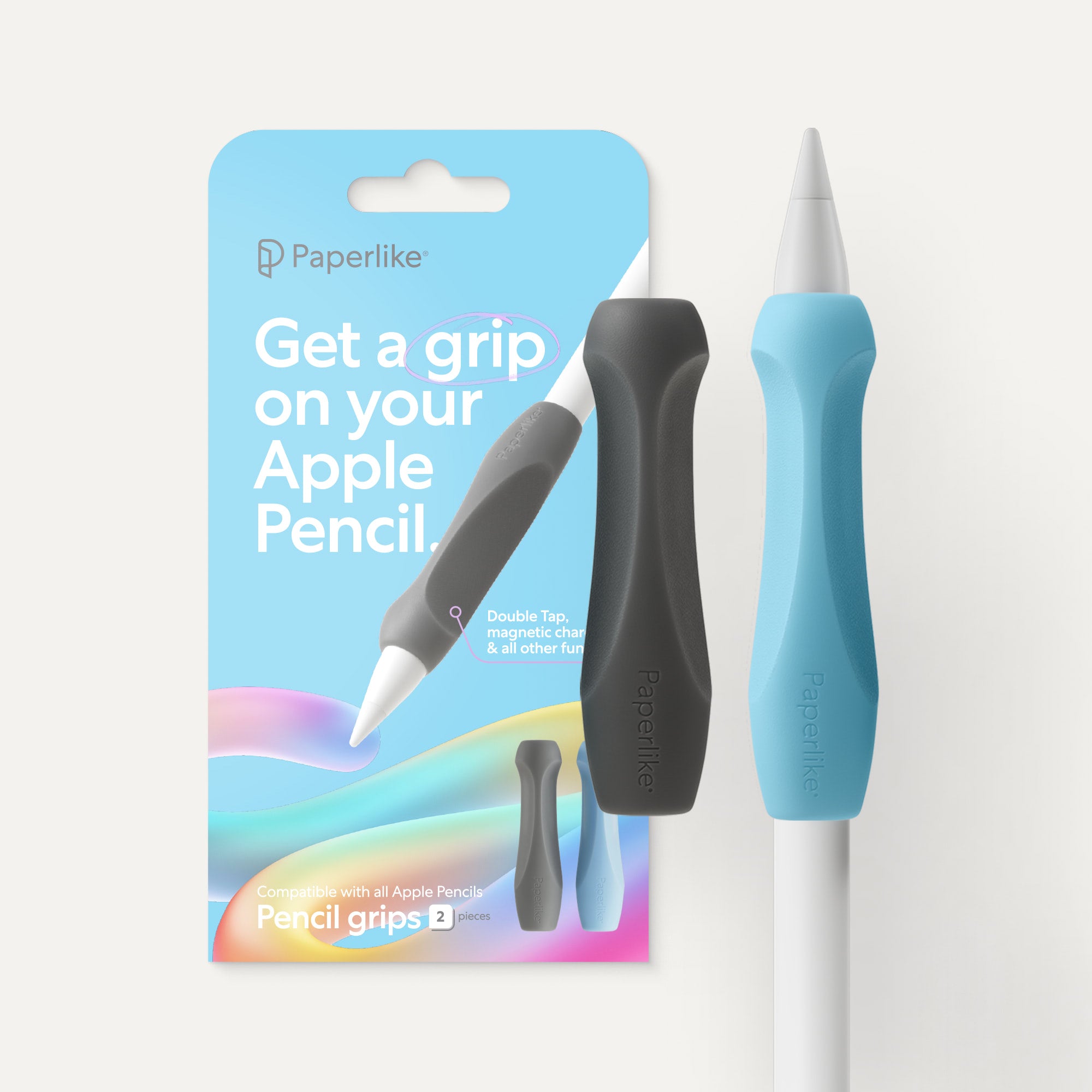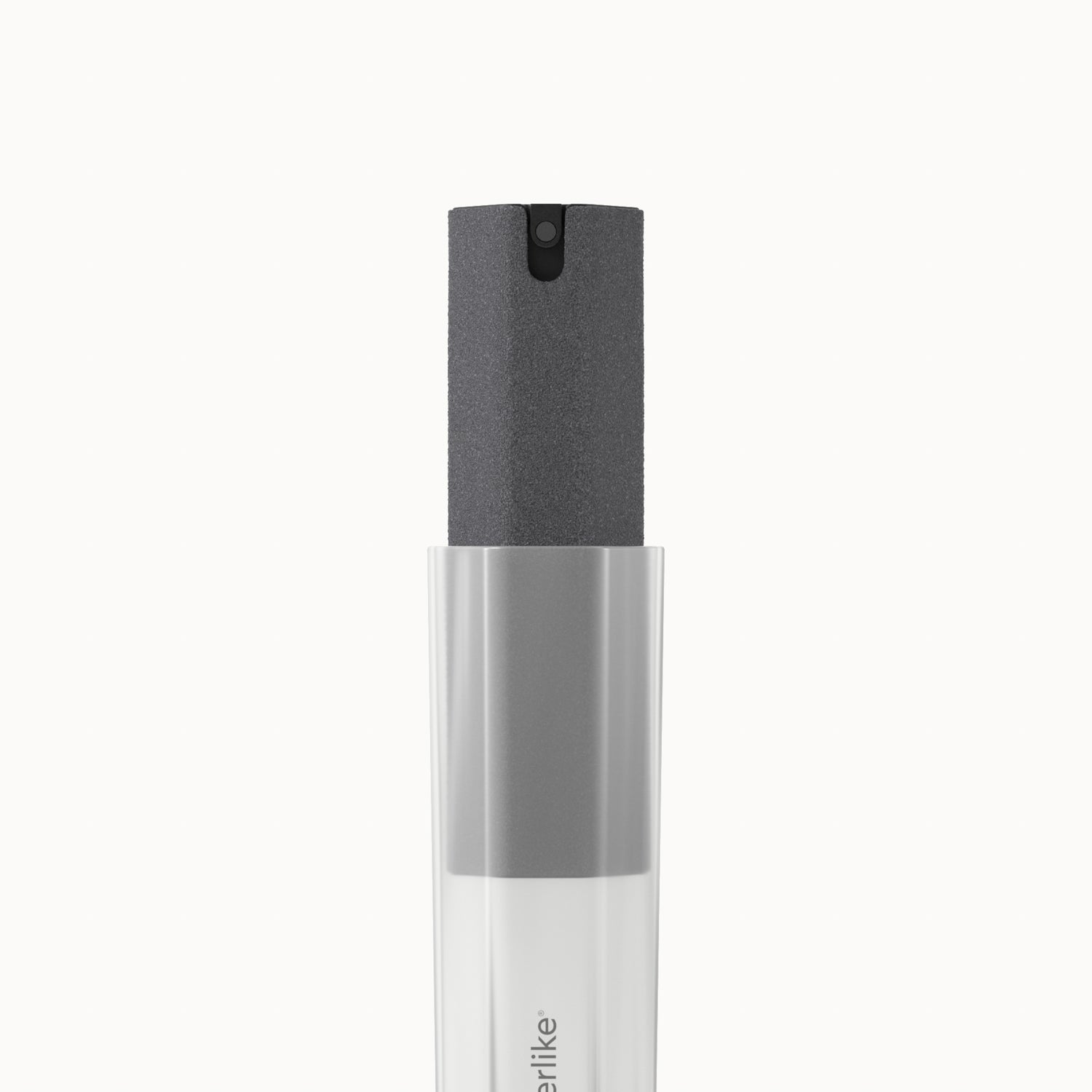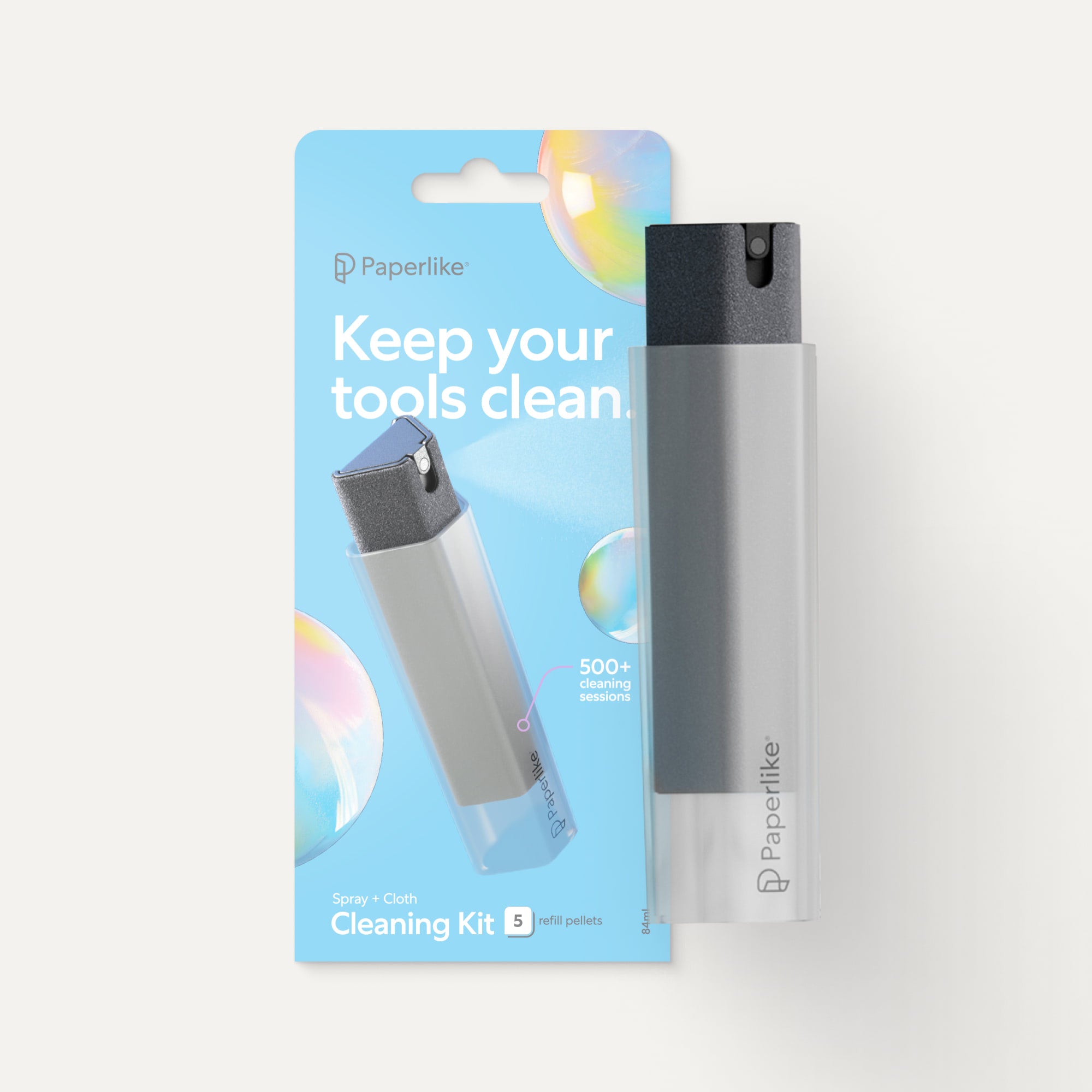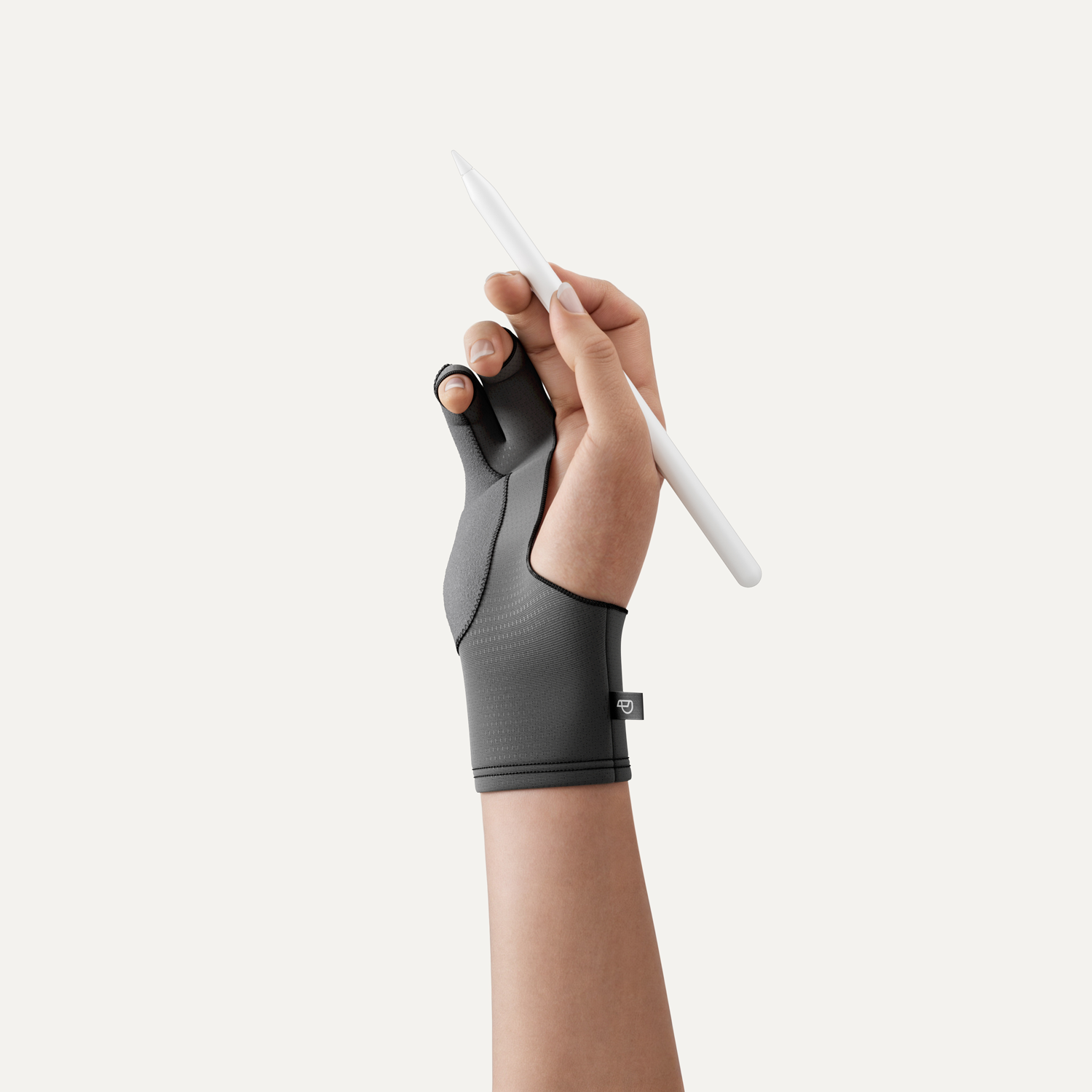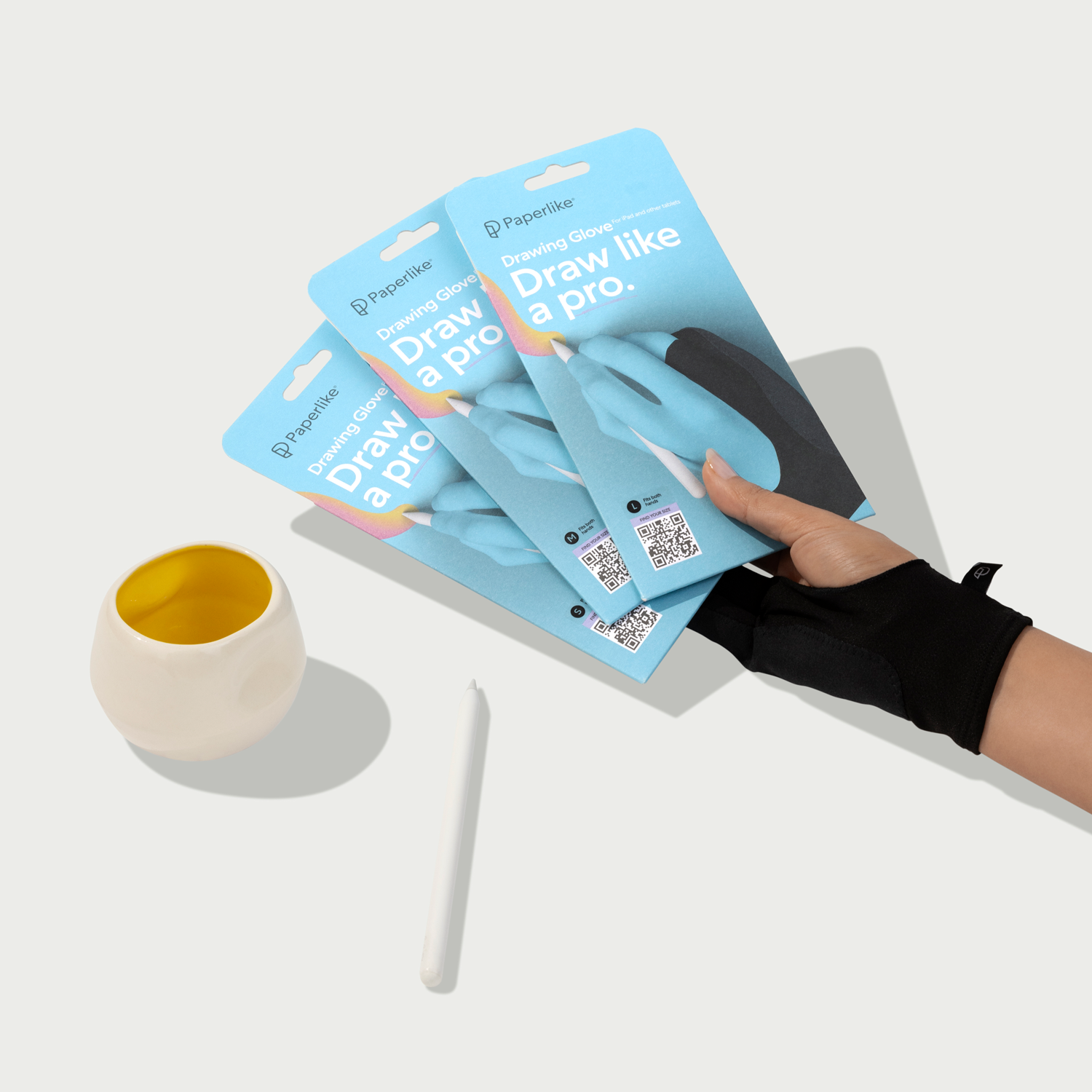Though he might self-identify in many roles — management consultant, business coach, entrepreneur — Guillaume Wiatr doesn’t consider himself an artist. At least, not in the traditional sense of the word.
Instead, Guillaume has built a business in leadership communication and coaching. He helps companies create clear and impactful messaging around their brand by refining their pitches, presentations, and conversations.
But Guillaume isn’t all about refined wordplay and persuasive conversation. He also uses visual facilitation — the art of drawing a discussion in real-time — to help his clients sharpen and refine their business messaging.
It’s a skill that requires a unique mind, a deft hand, and a touch of artistic finesse. But Guillaume says that none of it would be possible if he hadn’t first learned to actively listen.

Learning goes visual
Guillaume has viewed art as a means to an end since his days in middle school. While he enjoyed drawing and sketching, it was really a way for him to get better grades. As a visual learner, Guillaume found that he had a hard time focusing on textbooks. Instead, he turned to art — not as a distraction, but as a solution.
“I would process the content in my classes with images,” Guillaume explained. “I noticed at a very early age that I could read books and know about an entire subject by only looking at images.”
As a student, Guillaume figured out that if he could represent ideas and concepts in a visual format, he could process and retain the information. He filled his notebooks with representative sketches that helped him understand the subject matter inside his schoolbooks.
Eventually, he carried those habits into the workforce. On the job, Guillaume was always the first one to go to the whiteboard and jot down ideas. He found that as soon as he did that, his peers began to see him as the meeting facilitator and looked to him for guidance on how a meeting should flow.

“When I started working in consulting, it was kind of a no-brainer for me that visuals were here to really expand and accelerate and help people do better work,” he said.
From his position at the board, he was able to guide conversations and help teams visualize ideas. But, most importantly, he was able to listen to what his coworkers were saying and help them better understand one another.
That, Guillaume points out, is his key to success.
Active listening and vocal improv
It would be easier to compare Guillaume’s style of communication to something closer to a stenographer or a translator. He listens to a speech or a conversation and uses his artistic talents and professional expertise to facilitate better understanding and clearer conversations.
“Listening is my number one tool. It’s the number one thing that I do,” Guillaume said. “You really have to resist the temptation to start drawing right away. You have to really carefully listen.”
Because he functions as a consultant, Guillaume is typically able to set the agenda for the conversation and ask for clarification when ideas are unclear. This isn’t always the case for big corporate events where speakers may be standing in front of an audience of thousands, but most settings are more intimate.

While a conversation is going on in the moment, the real magic happens in Guillaume’s head. As he listens to presenters speak, Guillaume begins to mindmap their conversations. He categorizes thoughts, looks for patterns, and picks out key talking points that he’d like to highlight.
After years of practice, he’s gotten very good at it.
“My work is very much the work of a jazz musician,” Guillaume explains. A professional jazz artist for many years, it’s a subject that he’s passionate about. In Guillaume’s view, any conversation is just another type of improvisation. The voices are the instruments and the tempo is exactly the same. There are intros, endings, and a defined structure.
It’s Guillaume’s job to deconstruct the conversation as it happens and bring those key points to the surface. From there, he uses a digital canvas to display the contents of the meeting in a logical and visually-appealing format. This allows Guillaume to isolate gaps in the conversation and work closely with clients to reengineer and strengthen their messaging.
In many ways, Guillaume notes that a digital format really helps with that. Because the visual depictions that he creates aren’t locked into place, he can move them around and reorganize them as the conversation changes and evolves. This flexibility gives him the ability to adjust on the fly and collaborate with clients more effectively.
The result is a stunning representation and recap of what might otherwise be an everyday office meeting.
Capturing an experience
Guillaume emphasizes that, above all else, his work is a temporary thing. It’s not a product. It shouldn’t be judged on aesthetics. Instead, every piece Guillaume creates is there to facilitate a process and highlight an experience.
That’s critical because, from Guillaume’s standpoint, capturing something as complex as a conversation is a study in minimalism. As an active listener, Guillaume tries to distill the most important elements out of every meeting and compress them into a single canvas.

Though he can prepare through research, Guillaume says that it’s impossible for him to know what any presenter will say until they actually begin the conversation. Instead, he tries to isolate the main talking points and organize them correctly on the page. Rather than recording everything, he cherry picks quotes and key points and decides what he feels are the most important elements as he experiences them.
“We want to declutter,” Guillaume explained. “We want to get to the essence and get more simple.”
It’s an exercise in minimalism, something that got Guillaume into this line of work in the first place.
In creating an experience — in visually deconstructing complicated topics and intimate conversations — Guillaume helps his clients better understand themselves.
It’s important for Guillaume, too. In order for him to create, he needs to be in the room. He needs to live in the moment and experience what his audience experiences in order to freeze that moment in time.
And while Guillaume doesn’t believe that his artwork belongs in a museum, he’s discovered it hanging on the wall in conference rooms, placed under plexiglass in offices, or framed and displayed in community areas around the workplace.
“It represents a moment they experienced together, and they want to remember and experience that moment,” he said.
You’re already 90% there
Pointing to science, Guillaume emphasizes that everyone is a visual learner.
He says that but he does have one piece of advice for anyone who wants to learn to draw professionally: Start now.
“People don’t realize that they already have 90% of what it takes in terms of artistic ability. That’s all you need to get started,” he said. “It’s not the doodling that creates the value for a client. To do this to a professional level, you have to learn how to organize and connect those concepts and ideas in a way that tells a complete visual story. And that takes a long time to master.”
Like many other talents, art is something where anyone can constantly improve with time and effort.

In Guillaume’s case, art is a natural skill that helped him do for others what he managed to do for himself in the classroom. Those artistic talents, applied in practical terms, has only helped him become more successful in his career.
You can find out more about Guillaume by visiting his website, MetaHelm, and his Instagram page. You can also find him on LinkedIn.



